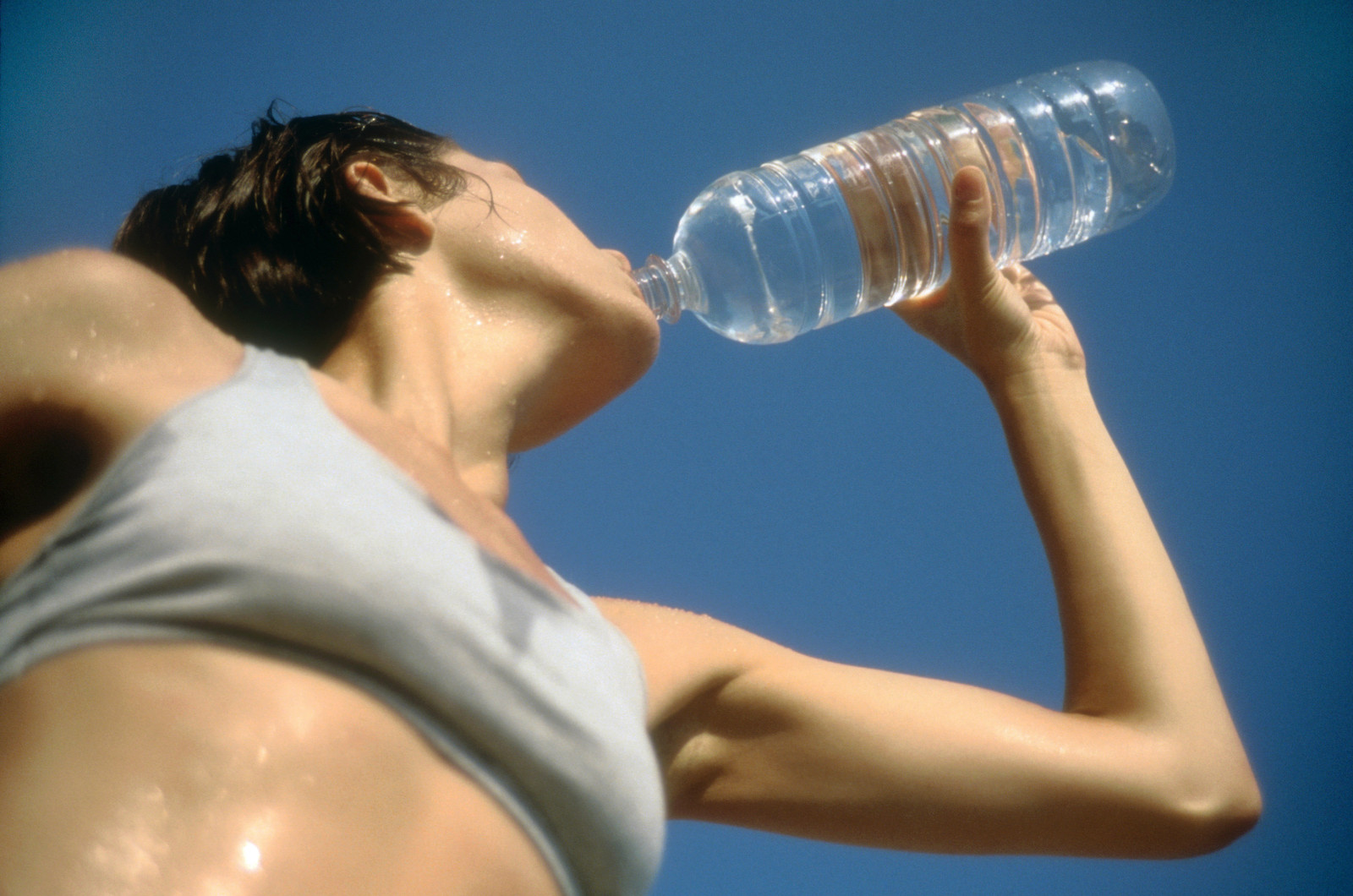Heat training can improve your performance

For many of us, whether at elite or recreational level, taking exercise can be challenging enough at the best of times, but when you throw in the rising temperature of the summer months, it can become even more difficult. When the sun is beaming down, some may find themselves changing their routine or avoiding the warmer conditions when taking exercise. Some, of course, will opt out completely in the belief that exercising in hot conditions is doing more harm than good. While the recreational athlete may have the luxury of electing to skip a day or two of exercise, it is not so for the elite athlete who may have to adhere to a schedule in order to stay in peak condition. The good news is that there is now a shift in thinking as recent studies have indicated that training in the heat can actually improve your performance. The science behind it is similar to the idea of altitude training that is regarded as one of the best methods of improving performance. When training at high altitude the levels of oxygen are lower so the body reacts to compensate this by increasing the number of red blood cells. This means that when the athlete returns to their normal altitude level their performance is enhanced by virtue of the fact that more oxygen is delivered to the muscles.
Heat training v Altitude training
Recent research shows that heat-based training can be even better than altitude training because as Dr Ben J Lee, Amanda Miller, Rob S James and Charles D Thake point out in Cross Acclimation between Heat and Hypoxia: Heat Acclimation Improves Cellular Tolerance and Exercise Performance in Acute Normobaric Hypoxia, the former may even be a better alternative.
We show that when the duration and frequency of training performed in heat or at altitude are the same, the heat-based training can offer a more obtainable and time-efficient method to improving tolerance to altitude
The research carried out at the University of Coventry involved cyclists undertaking a daily time trial of one hour in duration, and Tania FitzGeorge-Balfour in Turn up the heat to increase altitude tolerance, reports that the results proved very interesting.
Heat-based training reduced the physical strain experienced by the cyclists, as measured by their temperature and heart rates, as well as improved their time-trial performance. These positive effects matched those experienced by the cyclists that undertook low-oxygen training. The blood analysis showed that the stress response at a cellular level was also the same, indicating that there was little difference between the two exercise methods
These findings were backed up by similar research by S. Lorenzo, J.R. Halliwil, M.N. Sawka, C.T. Minson in Heat Acclimation Improves Exercise Performance. The study conducted in the University of Oregon, involving 12 cyclists over ten days of training in 100 degree heat, while a similar control group trained in 55 degrees. The authors concluded that there was a seven percent increase in performance for the cyclists who trained in the heat, while there was no improvement shown by the control group. The research also illustrated that the group in the heat were able to perform better in cooler conditions as a result. Meanwhile, Chris Giblin in The Heatwave Workout: How to train in hot weather, points out that this approach is aimed at elite athletes and it takes both high levels of dedication and heat in order to achieve desired results, as he refers to the following numbers the study reveals are essential:-
- 101 – The number of degrees Fahrenheit you need to elevate your core body temperature during training sessions
- 60 – The number of minutes you want to have that elevated core temperature maintained during your heat training
- 5 to 10 – The number of days you need to train in the heat
Take precautions when training in hot conditions
While these examples show the benefit of training in the heat, it is still essential to take obvious precautions to ensure you get the greatest benefit possible. Experts are generally agreed on what steps should be followed and the bottom line is to take a common sense approach. In 8 Tips for Running in Hot Weather Kait Fortunato outlines the main precautions that should be taken and that advice is backed up by Niamh Ni Cheilleachair, a lecturer in Sports Therapy & Rehabilitation and Sports Science at Athlone Institute of Technology in Advice for training in hot weather
A lot of it is common sense but sometimes we just need to remind ourselves of the stuff we should do. There can be a tendency to stick to the same routine we are used to and forget the little things that can help. The first thing is to choose light colored clothing of a material that will allow you to sweat. If sweat is allowed to stay on your body, it restricts the ability to sweat more and as a result you don’t cool down
She added that choosing the right suncream is also important in this regard as some can be quite thick and again restrict the sweating process.
Hydration is also a big factor as it is important to get plenty of fluid in before training and also to take it on every 15 minutes rather than waiting until you feel thirsty
explained Niamh who pointed out that it may be an advantage to take an electrolyte to replace the salt lost through sweating. She also pointed out that in terms of nutrition it is important to stick to normal food intake despite the fact that athletes may lose their appetite in the hot weather.
As well as taking the necessary precautions in advance of training it is vital to keep an eye on warning signs during exercise such as cramp, feeling nauseous, headaches and weakness, with Niamh’s advice being not to be afraid to take a break.
So next time you think its too hot to train, have a rethink – training in the heat might be the ideal preparation for you. Just be sure to follow hot weather precautions to ensure optimum benefit.
References
The Heat Wave Workout: How to train in hot weather by Chris Giblin
Advice for training in hot weather from Athletic Rehabilitation Therapy Ireland
8 Tips for Running in Hot Weather by Kait Fortunato
Run Better in the Heat from RunnersConnect
Cross Acclimation between Heat and Hypoxia: Heat Acclimation Improves Cellular Tolerance and Exercise Performance in Acute Normobaric Hypoxia by Ben J Lee, Amanda Miller, Rob S. James, Charles D. Thake
Turn up the heat to increase altitude tolerance by Fronteirs Communications
Heat Acclimation Improves Exercise Performance by S. Lorenzo, J.R. Halliwil, M.N. Sawka, C.T. Minson
About Metrifit
Metrifit is an athlete monitoring system that gathers subjective and objective information from both coaches and athletes in a simple but effective manner with intelligent visualization helping coaches and athletes to act on that data. Why not have a look at our Ready to Perform product and gain insight on the physical and mental state of your athletes through our daily wellbeing questionnaire? To find out more visit our Metrifit Product Overview page or get in touch for a free demo.
































 Previous Post
Previous Post Next Post
Next Post





